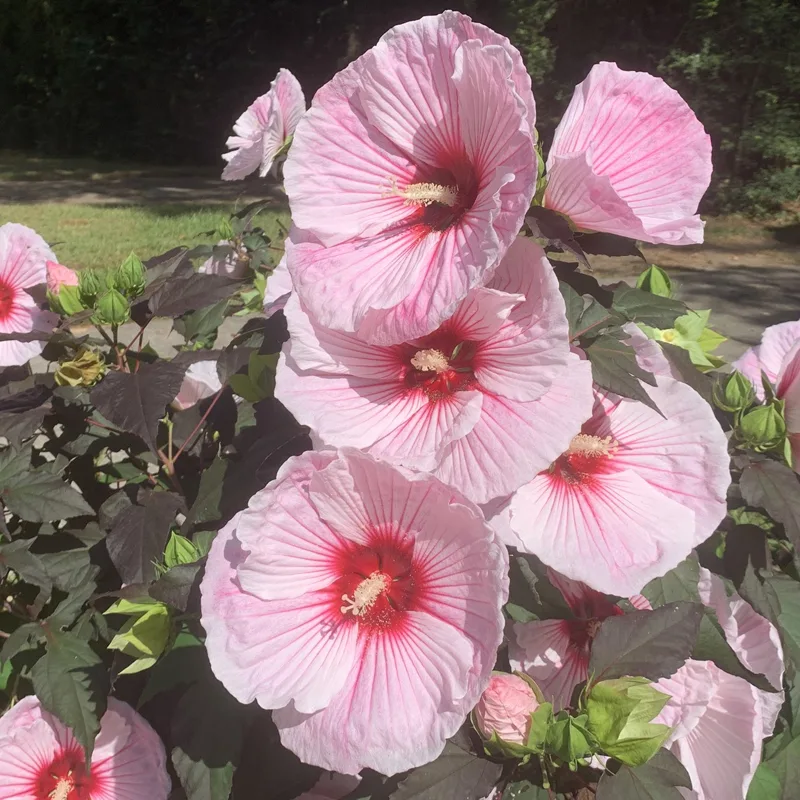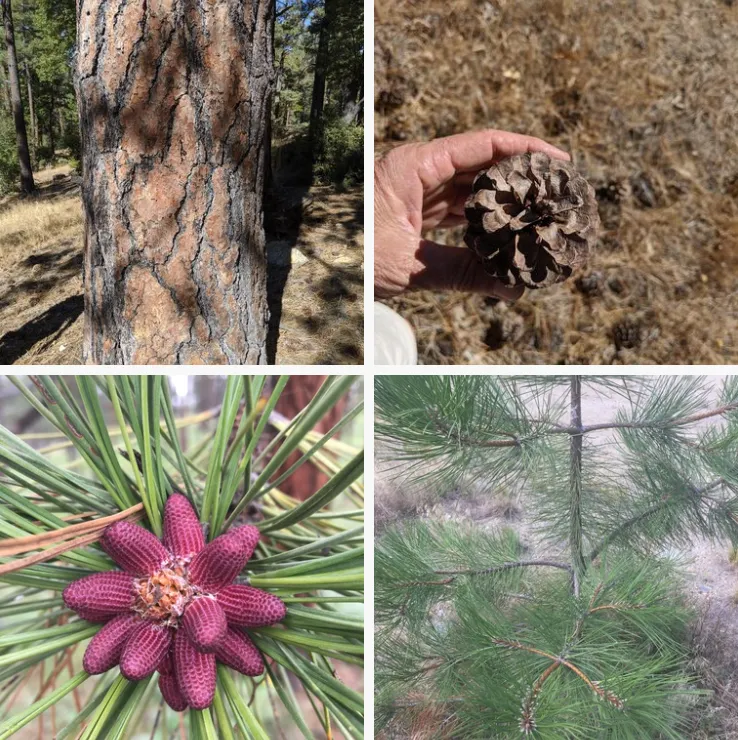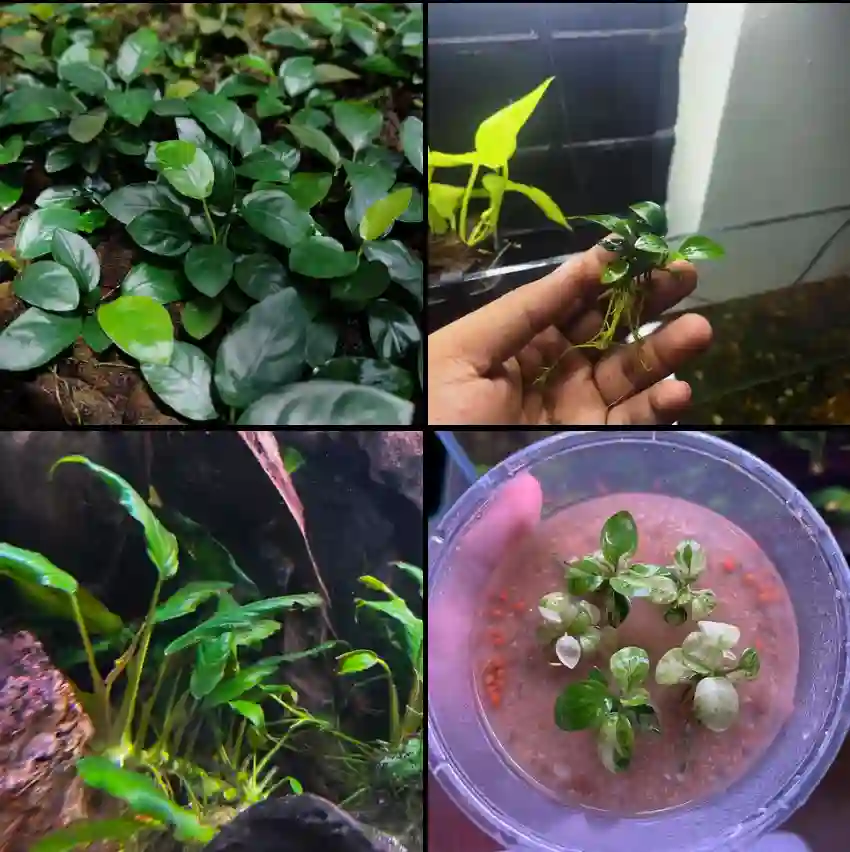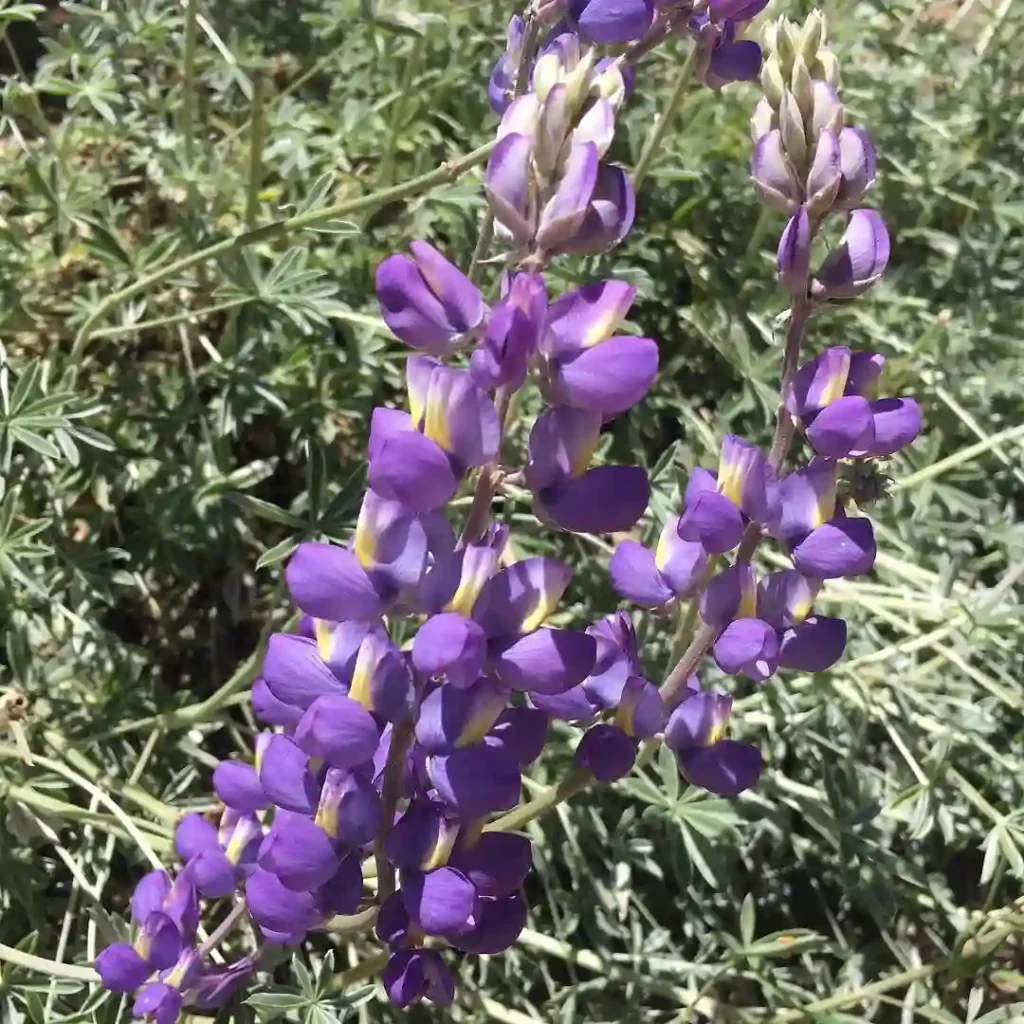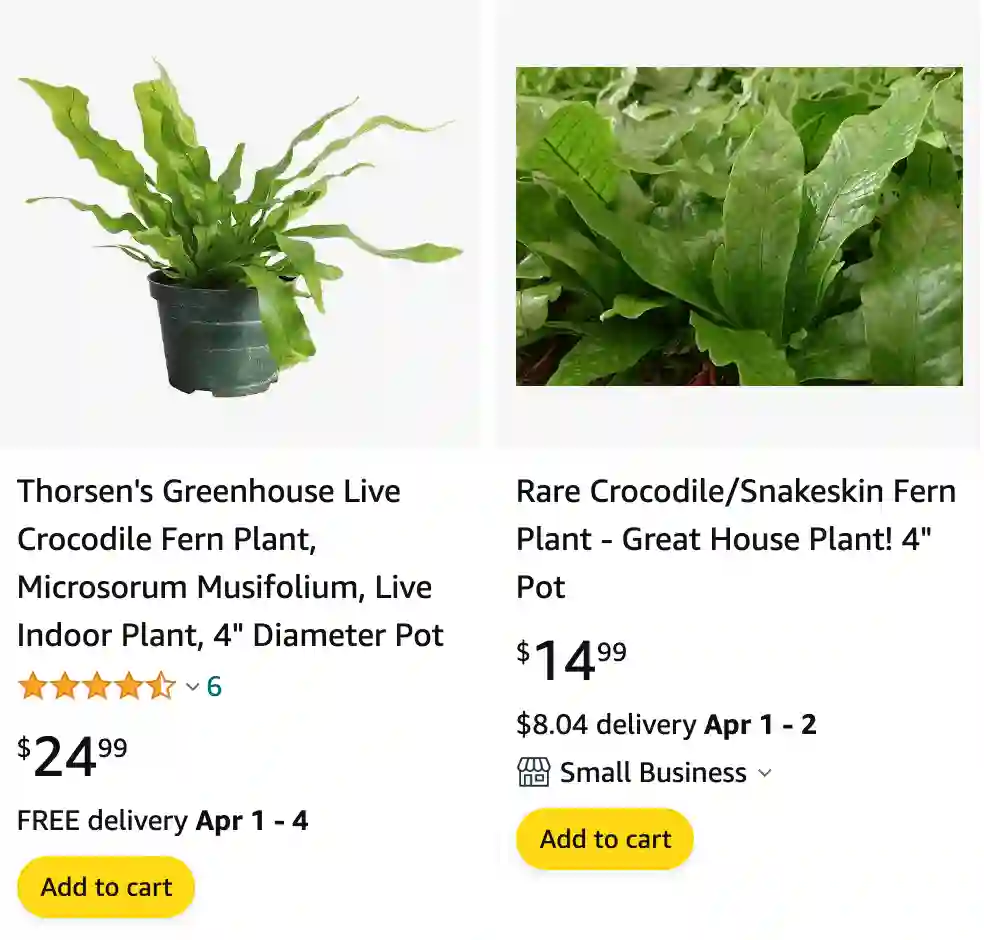
Frequently Asked Questions About Crocodile Fern
As a proud plant enthusiast, I’ve spent a lot of time nurturing and understanding Crocodile Ferns (Microsorum Musifolium). With its unique, textured foliage that resembles crocodile skin, this fern is a fascinating addition to any collection. However, it does come with its quirks and care requirements. In this article, I’ll address some frequently asked questions about Crocodile Fern care, propagation, problems, and more.
33 Species in Genus Microsorum
What is a Crocodile Fern?
The Crocodile Fern is a tropical plant native to Southeast Asia. It gets its name from the distinct texture of its leaves, which mimic the rough, scaly appearance of a crocodile’s skin. It’s a member of the Polypodiaceae family and thrives in humid, shaded environments. While not particularly difficult to care for, understanding its needs is essential for keeping it healthy and vibrant.
How to Care for Crocodile Fern?
Caring for a Crocodile Fern primarily revolves around providing the right environment. It thrives in indirect light, making it an ideal indoor plant. Crocodile Fern light requirements involve avoiding direct sunlight, as too much sun can scorch its leaves and cause them to turn brown.
Humidity is crucial for this plant’s health. It prefers a humidity level of at least 60%. If you live in a dry climate, a humidifier or regular misting can help maintain adequate moisture in the air. Crocodile Fern humidity needs are similar to other tropical plants, so grouping it with other moisture-loving plants can create a micro-environment that benefits all.
For soil, use a well-draining mix. Crocodile Fern soil should be rich in organic matter, such as peat or coconut coir, to retain moisture without becoming waterlogged. This helps prevent root rot, a common problem for ferns.
How Often to Water Crocodile Fern?
Watering a Crocodile Fern can be tricky. The soil should always be slightly moist but never soggy. I find that watering once a week is usually sufficient, but you may need to adjust this depending on your climate and the time of year. During the winter months, I reduce watering slightly to prevent overwatering. Always check the soil before watering to ensure it’s not already damp.
Is Crocodile Fern Toxic to Cats and Dogs?
Good news for pet owners! The Crocodile Fern is not toxic to cats or dogs. It’s a safe option if you have curious pets that like to nibble on houseplants. However, while it’s non-toxic, it’s always best to discourage your pets from eating plants to avoid any potential stomach upset.
What Are Common Crocodile Fern Problems?
Like any plant, the Crocodile Fern can face some issues. One of the most common problems is root rot, which occurs when the plant sits in waterlogged soil. To avoid this, ensure proper drainage and avoid overwatering.
Brown spots on Crocodile Fern leaves are another common issue. These can result from direct sunlight exposure or inconsistent watering. If you notice brown spots, check your plant’s light and water levels and make adjustments as necessary.
Crocodile Fern brown leaves may also be a sign of low humidity. Increasing humidity around the plant can help prevent this issue. Regular misting or placing a tray of water nearby can boost moisture levels in the air.
Why is My Crocodile Fern Dying?
If your Crocodile Fern is dying, it could be due to several factors. Overwatering, low humidity, and inadequate light are the most likely culprits. Review your care routine and make any necessary changes. Remember, this plant loves indirect light, moist (but not soggy) soil, and high humidity.
How to Propagate Crocodile Fern?
Propagation of the Crocodile Fern is typically done through division. When the plant becomes too large for its pot, you can carefully divide it into smaller sections, each with its own roots and foliage. Plant each section in fresh soil, and keep the soil consistently moist until new growth appears.
Can You Grow Crocodile Fern Outdoors?
While Crocodile Fern is primarily grown indoors, you can also grow it outdoors if you live in a warm, humid climate. It prefers shaded areas with indirect sunlight, much like its indoor environment. Outdoor Crocodile Fern care is similar to indoor care—just ensure it’s protected from harsh sunlight and extreme temperatures.
What are the Benefits of Crocodile Fern?
One of the key Crocodile Fern benefits is its ability to purify the air. Like many ferns, it helps remove toxins from the air, making your home environment healthier. It’s also a visually striking plant that adds a touch of the tropics to any room, with its unusual leaf texture creating a natural focal point.
Is Crocodile Fern Rare?
The Crocodile Fern is not particularly rare, though it may not be as common as some other houseplants like the Boston Fern or Bird’s Nest Fern. It can be found at many garden centers and online plant retailers.
How Do You Prevent Crocodile Fern Root Rot?
Root rot in Crocodile Fern is preventable with proper watering practices. Always use a well-draining soil mix and ensure your pot has drainage holes. Avoid letting the plant sit in water, and never let the soil become waterlogged. When in doubt, it’s better to underwater slightly than to overwater.
How to Treat Brown Spots on Crocodile Fern?
Brown spots on Crocodile Fern leaves are usually a sign of stress. This could be due to too much direct sunlight, low humidity, or inconsistent watering. To treat brown spots, first, identify the cause. If it’s sunlight, move the plant to a shadier location. If it’s humidity, increase the moisture in the air around the plant. Adjust your watering schedule as needed to ensure the soil stays consistently moist but not soggy.
What Can I Plant with Crocodile Fern?
Crocodile Fern pairs well with other tropical plants that share similar care requirements. Plants like the Bird’s Nest Fern, Philodendrons, or Calatheas can create a lush, jungle-like atmosphere. Just make sure any companion plants also prefer indirect light and high humidity.
In conclusion, caring for a Crocodile Fern can be a rewarding experience, especially when you see it thriving in your space. By paying attention to its light, water, and humidity needs, you can enjoy the unique beauty of this plant for years to come. Whether indoors or outdoors, the Crocodile Fern is a stunning and safe addition to your plant collection.
If i die, water my plants!
